Sound system for the whole house
italjohn
15 years ago
Related Stories
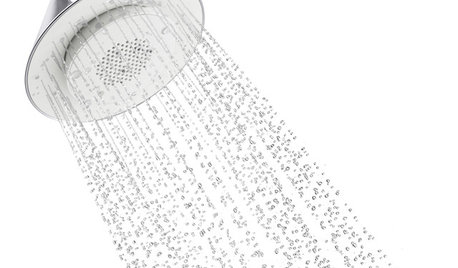
HOME TECH3 Shower Sound Systems That Beat Your Clunky Old Radio
Stream music, radio and podcasts — and even take phone calls — right in your shower, with wireless and water-resistant sound systems
Full Story
HOME TECHTote Your Tunes to Any Room With a Portable Wi-Fi Sound System
Free your home's music setup from wires with Wi-Fi speakers that let you take high-quality audio anywhere
Full Story
HOUSEKEEPINGWhat's That Sound? 9 Home Noises and How to Fix Them
Bumps and thumps might be driving you crazy, but they also might mean big trouble. We give you the lowdown and which pro to call for help
Full Story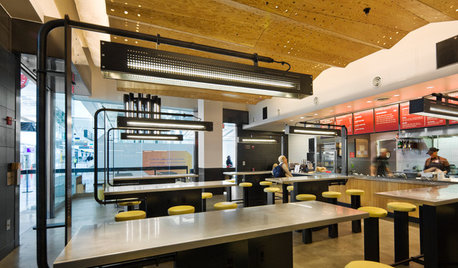
HOME TECHWhat Chipotle and Radiohead Can Teach Us About Sound Quality at Home
Contemporary designs filled with glass and concrete can be hostile environments for great sound quality. Here's how to fix that
Full Story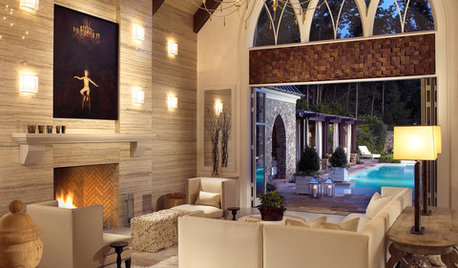
MORE ROOMSHome Tech: Getting Rid of Wires Without Sacrificing Sound
Wireless home technology still isn't perfect, but new products are giving audiophiles choices
Full Story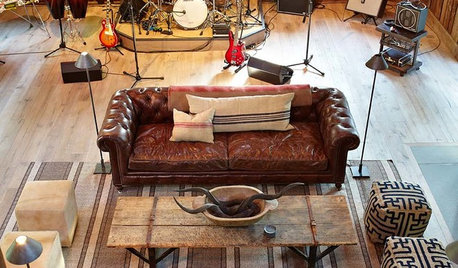
THE ART OF ARCHITECTURESound Advice for Designing a Home Music Studio
How to unleash your inner guitar hero without antagonizing the neighbors
Full Story
HEALTHY HOMEHow to Choose a Home Water Filtering System
Learn which water purification method is best for your house, from pitchers to whole-house setups
Full Story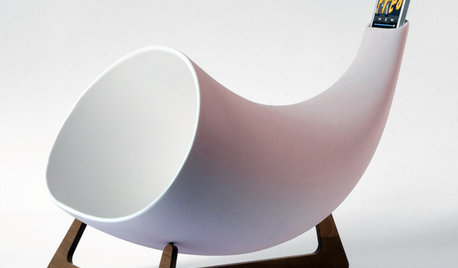
HOME TECH6 Sound Solutions for the iPhone Home
Listen up: An iPhone and one of these stylish audio systems let your music look as good as it sounds
Full Story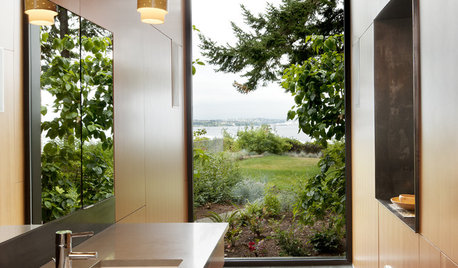
REMODELING GUIDES10 Tips to Maximize Your Whole-House Remodel
Cover all the bases now to ensure many years of satisfaction with your full renovation, second-story addition or bump-out
Full Story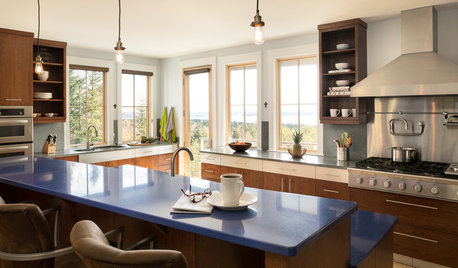
DECLUTTERING5 Ways to Jump-Start a Whole-House Decluttering Effort
If the piles of paperwork and jampacked closets have you feeling like a deer in the headlights, take a deep breath and a baby step
Full StoryMore Discussions






garymunson-2008
sniffdog
Related Professionals
South Whittier Home Automation & Home Media · Manhattan Beach Home Automation & Home Media · West Palm Beach Home Automation & Home Media · Richardson Cabinets & Cabinetry · Short Hills Cabinets & Cabinetry · Frisco Landscape Contractors · Canyon Lake Landscape Contractors · Mastic Beach Landscape Contractors · Newberg Landscape Contractors · Roswell Landscape Contractors · Seven Hills Landscape Contractors · Smyrna Landscape Contractors · Watertown Landscape Contractors · Four Corners Landscape Contractors · Red Bank LightingitaljohnOriginal Author
KTKelly
sniffdog
KTKelly
sniffdog
garymunson-2008
yourchef51